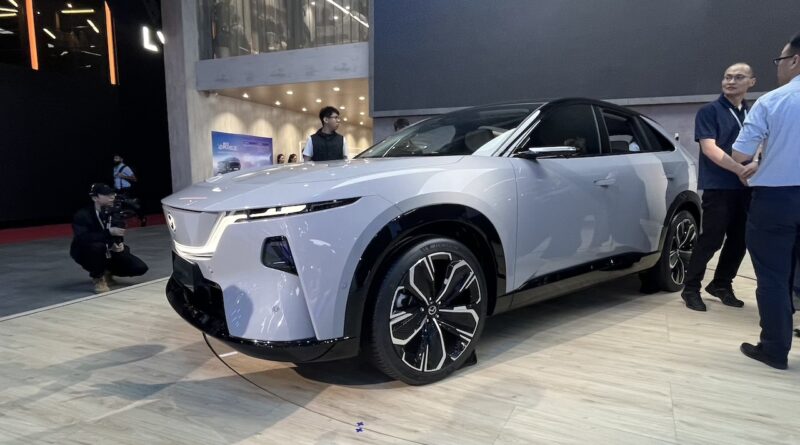
Mazda Unveils All-Electric 6e Sedan in Europe to Challenge Tesla Model 3 and BYD Seal
Mazda has lifted the cover on its all‑electric 6e sedan at the Brussels motor show, presenting a European-spec variant of the EZ‑6 currently sold in China. Built to compete with compact electric saloons such as the Tesla Model 3 and BYD Seal, the 6e is larger than many rivals and could make its way to Australia if Mazda gives the green light.
The company has confirmed right‑hand‑drive versions will be offered in the UK from early next year, a move that increases the likelihood of a future Australian introduction. Mazda Australia has not yet committed to a local launch; the marque says the 6e is under global study, and a Down Under debut could arrive as soon as the second half of 2026 if approved.
Mazda 6e: A Larger, More Spacious Sedan Built on Changan’s EPA1 Platform
Under the skin the 6e rides on Changan’s EPA1 platform, the result of development cooperation with Chinese partner Changan. The sedan measures 4,921 mm long, 1,890 mm wide and 1,491 mm tall – substantially larger than a Model 3, which is 201 mm shorter, 40 mm narrower and 50 mm lower. That size differential positions the Mazda as a more spacious alternative within the segment.
Mazda will offer right‑hand‑drive variants with two battery options: a 68.8 kWh lithium‑iron phosphate (LFP) pack and an 80 kWh nickel‑manganese‑cobalt (NCM) pack. Estimated WLTP‑style ranges stand at roughly 479 km for the LFP car and about 552 km for the larger NCM battery. Both configurations are rear‑wheel drive with a single electric motor producing 180 kW and 320 Nm. Acceleration from 0-100 km/h is claimed at 7.6 seconds with the lighter LFP battery and 7.8 seconds with the heavier NCM pack.
Charging capability is competitive for the class: both battery options support DC fast charging up to 200 kW. Mazda quotes a 10-80 per cent charge time of about 22 minutes for the LFP battery, while the NCM variant requires closer to 45 minutes for the same interval – a notable disparity likely tied to battery chemistry and thermal management.
In China, Mazda also offers a plug‑in hybrid (PHEV) version of the 6e that pairs a 1.5‑litre petrol engine with electrified drive, delivering an electric range reported between 130-200 km depending on the battery specification. There is no official word yet on whether that PHEV will be exported to global markets alongside the pure electric model.
For Australian buyers, the 6e would represent an alternative to existing mid‑sized EV offerings, emphasising interior space and range rather than outright performance. Final specifications, equipment levels and local pricing remain unknown; Mazda has said it will disclose full details at a later date.
Conclusion
The Mazda 6e is a noteworthy entrant in the compact electric saloon market: larger than many rivals, available with two battery chemistries and offering practical range and competitive charging rates. Its planned right‑hand‑drive availability for the UK is a promising sign for potential Australian availability, but Mazda Australia has yet to make a formal commitment. If approved for our market, the 6e could arrive in the second half of 2026 and provide an intriguing alternative to the Tesla Model 3 and BYD Seal for buyers prioritising space and real‑world range.
About EV Evolution
EV Evolution is the leading online platform dedicated to Australian electric vehicle owners and enthusiasts. We foster a vibrant community, delivering essential EV news and insights, and enhancing user engagement through our innovative, AI-powered chatbot for dynamic discussions. Our mission is to empower Australian electric vehicle owners and enthusiasts by fostering a vibrant, AI-driven online community that connects, informs, and advances the nation’s electric vehicle landscape.




